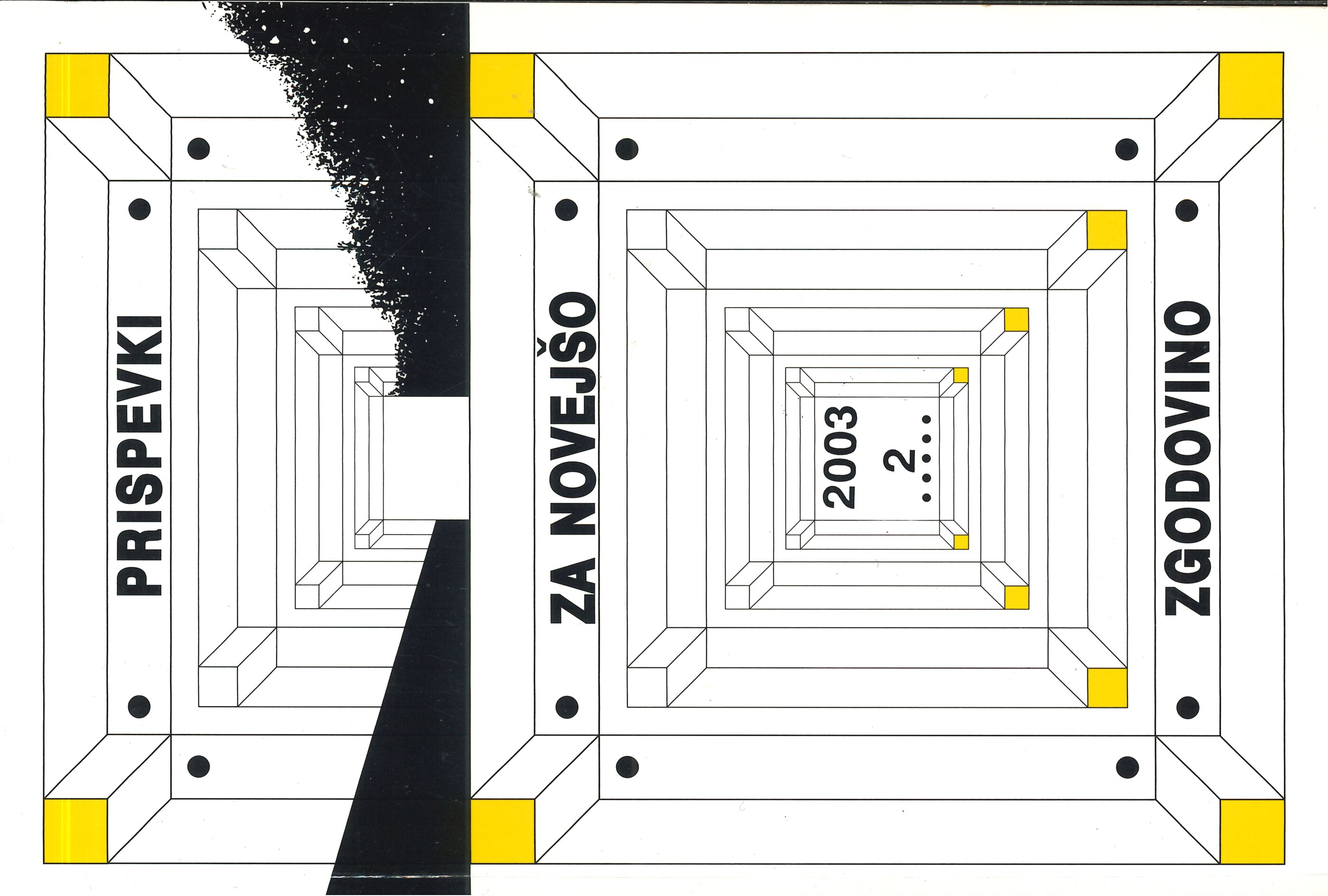Srednjeevropski gospodarski prostor do druge svetovne vojne
Ključne besede:
Srednja Evropa, gospodarstvo, gospodarsko sodelovanje, Habsburška monarhijaPovzetek
V razpravi je na pregleden način predstavljeno oblikovanje in delovanje srednjeevropskega gospodarskega prostora do druge svetovne vojne, na primeru Habsburške monarhije in njenih naslednic. Avtor ugotavlja, da se je znotraj monarhije z desetletji integracijskih procesov izoblikoval enoten prostor, kjer je bil prst pretok blaga, kapitala in ljudi. Znotraj monarhije je samodejno prihajalo do delitve dela, zahodne pokrajine so prednjačile v industrijskih panogah, vzhodni del države je večji del dohodka dosegal v agrarnih dejavnostih. Dopolnjujoča struktura je kljub razpadu države po prvi svetovni vojni še vedno določala gospodarske in trgovinske tokove, resda na znatno nižji ravni, in to kljub prevladujočemu ekonomskemu nacionalizmu v državah naslednicah. Pravo prelomnico je pomenila velika gospodarska kriza v tridesetih letih, ko so se srednjeevropske države zaprle vase, vsaka zase so skušale najti izhod iz krize s krepitvijo protekcionizma. Takrat je tudi prišlo do preusmeritve ekonomskih tokov. Glavnino zunanje trgovine so srednjeevropske države opravile z Nemčijo.
Prenosi
Objavljeno
Številka
Rubrika
Licenca
Avtorji prispevkov, objavljenih v tej reviji, soglašajo z naslednjimi pogoji glede avtorskih pravic:
- Avtorji ohranijo avtorske pravice, reviji pa odobrijo pravico do prve objave. Delo se hkrati zaščiti z licenco za prosto uporabo avtorskih del (Creative Commons Attribution License), ki drugim osebam omogoča deljenje dela ob priznanju avtorstva in prve objave v tej reviji.
- Avtorji lahko sklenejo ločene dodatne pogodbene dogovore za neizključno distribucijo različice dela, objavljene v reviji, (npr. oddaja v institucionalni repozitorij ali objava v knjigi) z navedbo, da je bilo delo prvič objavljeno v tej reviji.
- Pred postopkom pošiljanja in med njim lahko avtorji delo objavijo v spletu (npr. v institucionalnih repozitorijih ali na svoji spletnih strani), k čemer jih tudi spodbujamo, saj lahko to prispeva k plodnim izmenjavam ter hitrejšemu in obsežnejšemu navajanju objavljenega dela (glej The Effect of Open Access).


